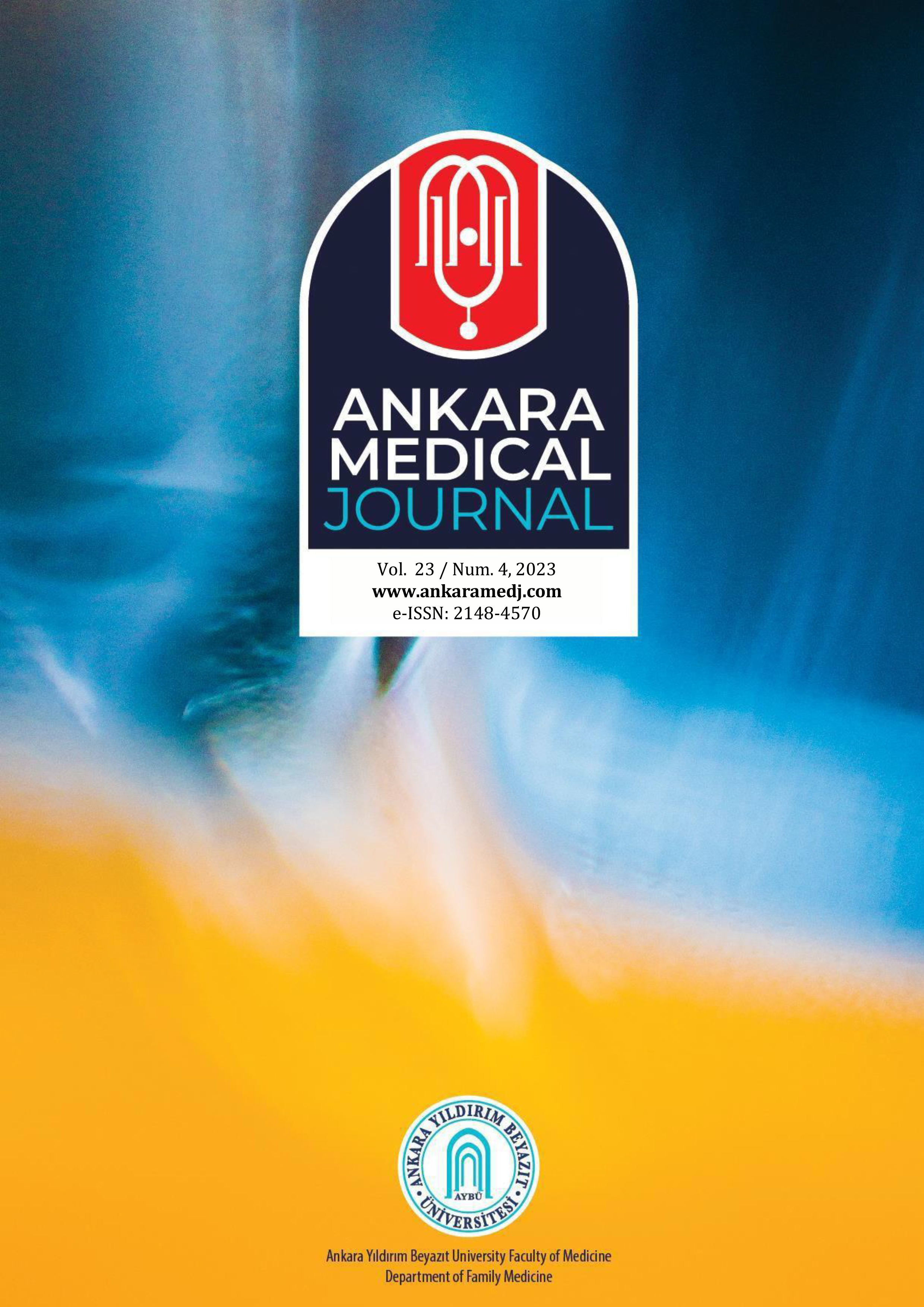Assessment of Physiological and Psychological Dependence on Tobacco
Mert Bardakçı1, Serdar Öztora21Department of Family Medicine, Çine State Hospital, Aydın, Turkey2Department of Family Medicine, Faculty of Medicine, Trakya University, Edirne, Turkey
INTRODUCTION: Smoking is recognized as the most important preventable public health problem in the world with known carcinogenic, mutagenic and addictive effects on many organs and systems.
METHODS: Our study was conducted with 380 first-year students of Trakya University who were tobacco users in the 2020-2021 academic year. The 62-question questionnaire included questions about socio-demographic characteristics and smoking, as well as the 6-question Fagerstrom Nicotine Dependence Test (FTND) and the 25-question Test to Assess the Psychological Dependence on Smoking (TAPDS).
RESULTS: Our study consisted of 185 male (48.69%) and 195 female (51.31%) students. Of the participants, 94 (24.73%) were from health-related faculties and 286 (75.27%) were from non-health-related faculties. It was observed that 364 (95.78%) of the participants smoked cigarettes and 16 (4.22%) used non-cigarette tobacco products. When the participants were classified according to their FTND scores, the most crowded category was very slightly addicted with 210 participants (55.27%), while the most crowded category was moderately addicted with 190 participants (50%) according to their TAPDS scores. It was also observed that using cigarettes as a tobacco product, having a smoker in the family and living alone at home made a statistically significant difference for both physical and psychological addiction. In our study, it was determined that there was a statistically significant, linear, same-directional and moderate relationship between physical dependence and psychological dependence.
DISCUSSION AND CONCLUSION: In order to better understand the factors affecting smoking addiction and to make individualized treatment selection, it is important to differentiate between physical and psychological addiction.
Makale Dili: İngilizce
(988 kere indirildi)





